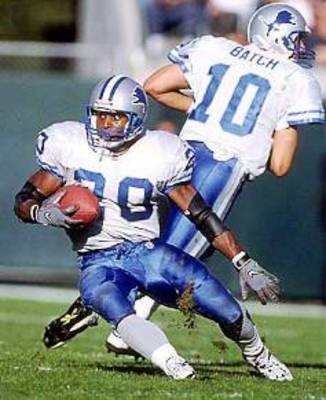Introduction:
Cutting maneuvers are essential to performance in many sports, especially those that require quick direction changes while running. Some sports in which athletes perform cutting maneuvers are soccer, football, basketball, and lacrosse. There are two primary types of cutting maneuvers, side-step cutting and cross-step cutting. Side-step cutting is performed in the direction opposite of the planted foot. Cross-step cutting is performed in the direction of the planted foot and is considered more unnatural than side-cutting because the opposite leg has to cross over the planted foot.
Common Technique Recommendations:
Many sources advocate different techniques to ensure safety of the ACL during cutting maneuvers, but without supporting evidence. Common technique recommendations are:
1. Keep the knees bent during a cutting maneuver.
2. Prevent collapse of the knee inward.
3. Prevent rotation of the lower leg.
4. Side-step cutting is often recommended for speed, cross-step cutting is recommended for protection of the knee joint.
Many people also recommend the use of neuromuscular training programs and practicing the anticipation of cutting maneuvers to prevent ACL injuries during athletic events.
Evidence Based Recommendations:
We reviewed the scientific literature and performed anatomical and biomechanical analyses to evaluate the effects of cross-step and side-step cutting techniques on muscle, ligament and bone loading. Our findings generally support the common technique recommendations. The following are our recommendations and the rationale as to why we support them.
- Keep your knees bent. Bending the knees reduces tension on the ACL based on the orientation of the bones and the line of action of the muscles.
- Avoid collapse of the knee inward. Based on the bone anatomy, inward collapse of the knee stretches the ACL.
- Avoid rotating the lower leg internally or externally. Based on the bone anatomy, internal rotation has been shown to stretch the ACL. Both types of rotation can cause impingement of the ACL on the femoral condyles, which can lead to injury.
- Practice the anticipation of cutting maneuvers with young athletes. Research has shown that anticipated cutting maneuvers allow the athlete to adjust their body position to prevent knee collapse and reduce the loads at the knee, both resulting in a decreased risk for ACL injury.
Conclusions:
Athletes in many sports perform cutting maneuvers as they are an important part of athletic performance. Athletes should be able to perform these maneuvers safely by following the suggestions above. Although cross-step cutting generally decreases loads on the knee, side-step cutting is most likely a preferable move for the majority of athletes since it tends to be a quicker movement. If possible, teaching youth athletes to perform cross-step cutting maneuvers rather than side-step cutting early on so that they are habituated to the movement may be an effective method to reduce the incidence of ACL injury while still performing a quick maneuver.

